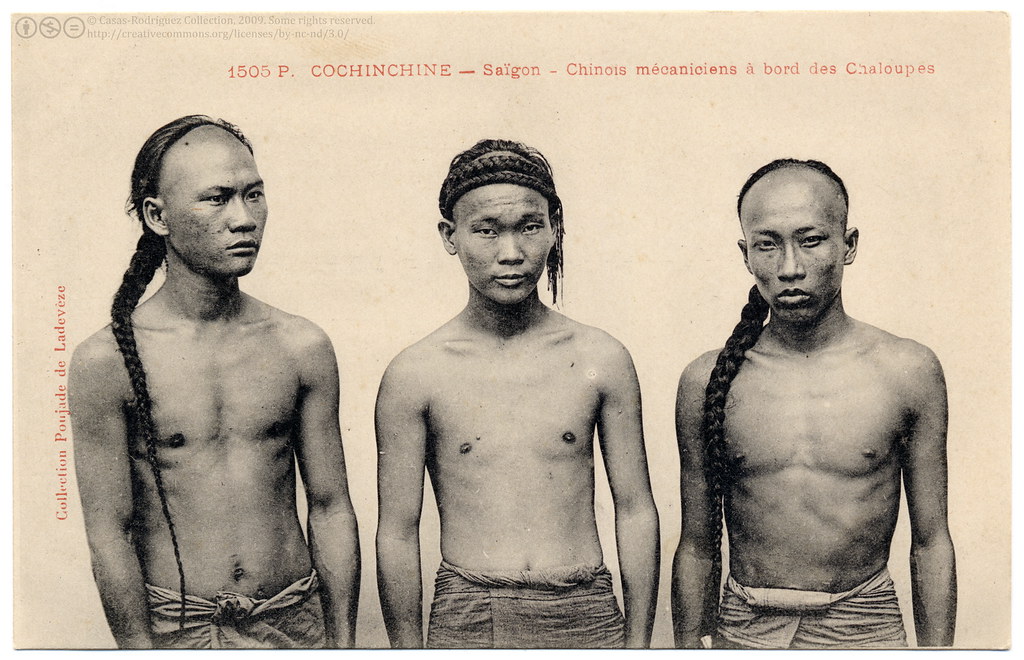
The phrase “Chinese cutting in line” often surfaces in discussions about cultural differences and social etiquette. It describes instances where individuals perceived as being of Chinese descent are seen as disregarding queue etiquette by bypassing others waiting their turn. While this stereotype might seem innocuous on the surface, it carries significant weight and can contribute to harmful biases and discrimination against Chinese people. This article delves into the complexities surrounding this stereotype, exploring its origins, impact, and the importance of fostering cultural understanding and respect.
This article will first examine the prevalence of the “Chinese cutting in line” stereotype and analyze its potential roots. We’ll then explore how cultural differences in queue etiquette can contribute to misunderstandings. Furthermore, we’ll discuss the detrimental effects of perpetuating this stereotype, highlighting its role in fostering discrimination against Chinese individuals. Finally, we’ll emphasize the importance of promoting understanding and respect for diverse cultures to combat such harmful biases.
Chinese Cutting in Line Stereotype
The “Chinese cutting in line” stereotype is a pervasive notion often encountered in Western societies. It portrays Chinese people as inherently disrespectful of queue etiquette, suggesting they are more likely to push their way to the front or disregard waiting lines altogether. This stereotype can manifest in various forms, from casual conversations and anecdotal stories to more formal expressions like news articles and social media posts.
While it’s difficult to quantify the exact prevalence of this stereotype, its presence is undeniable in popular culture and everyday interactions. The stereotype often relies on generalizations and assumptions about Chinese people as a monolithic group, ignoring the vast diversity within the Chinese population and individual differences in behavior.
This generalization can lead to prejudiced perceptions and unfair judgments, influencing how individuals from other cultures are treated and perceived.
Cultural Differences and Queue Etiquette

Cultural norms surrounding queue etiquette vary significantly across different societies. While Western cultures often emphasize strict adherence to lines as a symbol of order and fairness, other cultures may have more flexible approaches. In some Asian cultures, for example, personal relationships and social context can play a greater role in determining queue behavior.
These differences in cultural understanding can contribute to misunderstandings and perpetuate stereotypes. What might be perceived as “cutting in line” by someone from a culture that values strict adherence to queues could be seen as a more fluid and contextual approach in another culture. It’s crucial to recognize these cultural nuances and avoid making judgments based solely on observed behavior without considering the broader cultural context.
The Importance of Context
Understanding the specific context surrounding an interaction is essential when navigating cultural differences. Factors such as the type of situation, the relationship between individuals involved, and local customs can all influence queue etiquette. For instance, a crowded marketplace might have more relaxed queuing practices compared to a formal government office.
By considering these contextual factors, we can avoid making hasty judgments and promote more understanding interactions.
Perpetuating Harmful Biases
The “Chinese cutting in line” stereotype, while seemingly innocuous, can contribute to the perpetuation of harmful biases against Chinese people. These biases can manifest in various forms, from subtle microaggressions to overt discrimination.
When individuals are constantly exposed to stereotypes like this, it can reinforce negative perceptions and create a climate of prejudice. This can lead to unfair treatment in areas such as employment, housing, and social interactions. Furthermore, perpetuating stereotypes can contribute to the marginalization and exclusion of Chinese people from mainstream society.
Discrimination Against Chinese People

The “Chinese cutting in line” stereotype can have real-world consequences for Chinese individuals, leading to discrimination and prejudice. This can manifest in various forms, including:
- Employment: Individuals may face hiring bias or be passed over for promotions due to preconceived notions about their behavior.
- Housing: Landlords or real estate agents might discriminate against potential tenants based on their ethnicity.
- Social Interactions: Chinese people may experience exclusion from social groups or encounter hostility in public spaces.
It’s crucial to recognize that these forms of discrimination are harmful and unjust, stemming from prejudiced beliefs rather than factual evidence.
Understanding and Respect for Diversity
Combatting the “Chinese cutting in line” stereotype requires a conscious effort to promote understanding and respect for diversity. This involves:
- Challenging Stereotypes: When encountering this stereotype, it’s important to speak up and challenge its validity.
- Promoting Cultural Awareness: Learning about different cultural norms and perspectives can help bridge understanding and reduce misunderstandings.
- Emphasizing Individuality: Recognizing that individuals should be judged based on their own merits rather than stereotypes associated with their ethnicity is crucial.
By fostering a culture of inclusivity and respect, we can create a more equitable society where individuals are treated fairly regardless of their background.
Conclusion
The “Chinese cutting in line” stereotype, while seemingly innocuous, has the potential to perpetuate harmful biases and contribute to discrimination against Chinese people. It’s essential to recognize that cultural differences in queue etiquette can lead to misunderstandings, and judging individuals based on stereotypes is unfair and inaccurate. By promoting understanding, respect for diversity, and challenging prejudiced beliefs, we can create a more inclusive society where everyone feels valued and respected.
